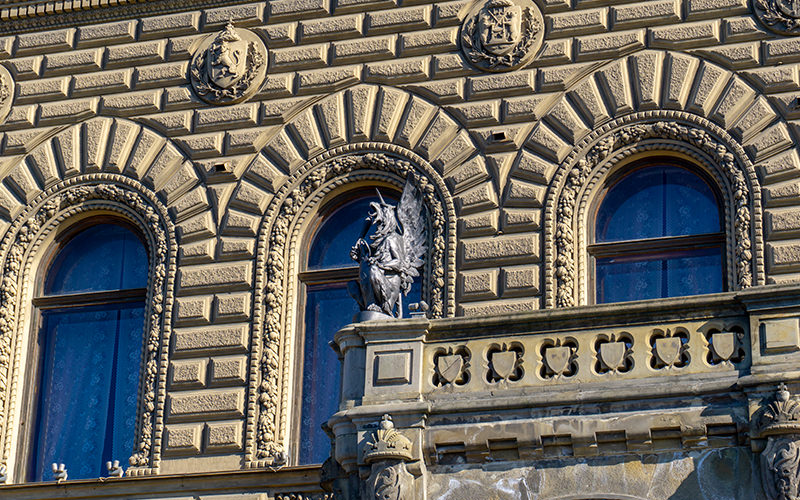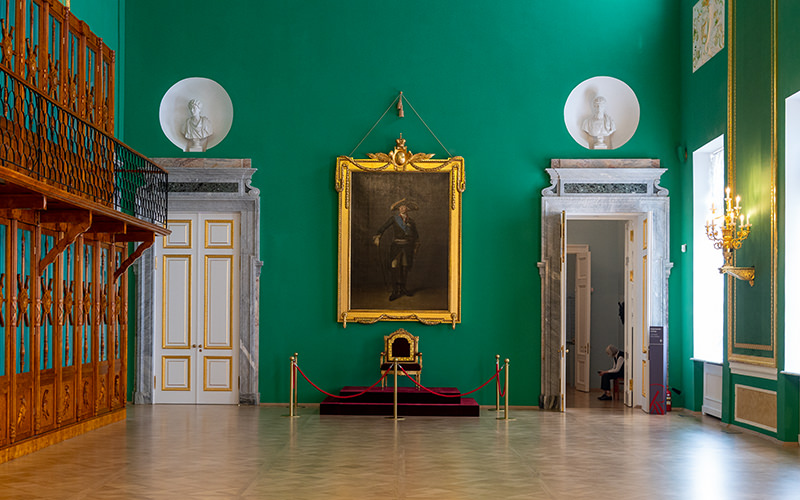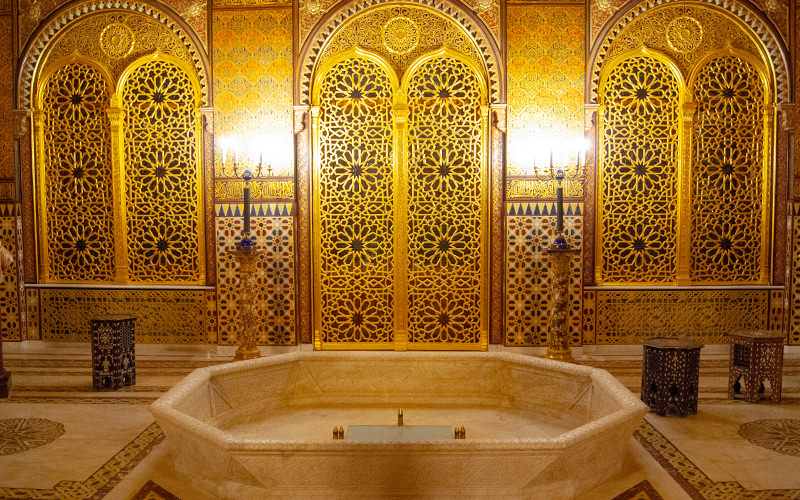Friends, today we will continue our exploration of the St. Petersburg estate "Zhernovka." Last time, I shared the pre-revolutionary history of this place and showed photos of the central hall. Today, I invite you to learn about the fate of the estate after 1917 and take a look at the other rooms in the main house.
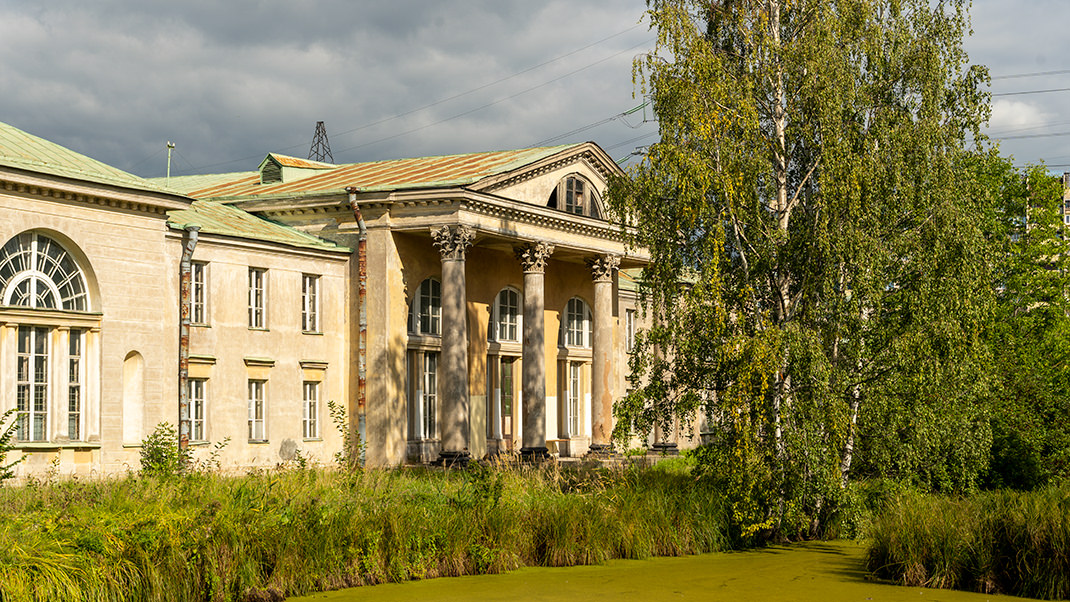

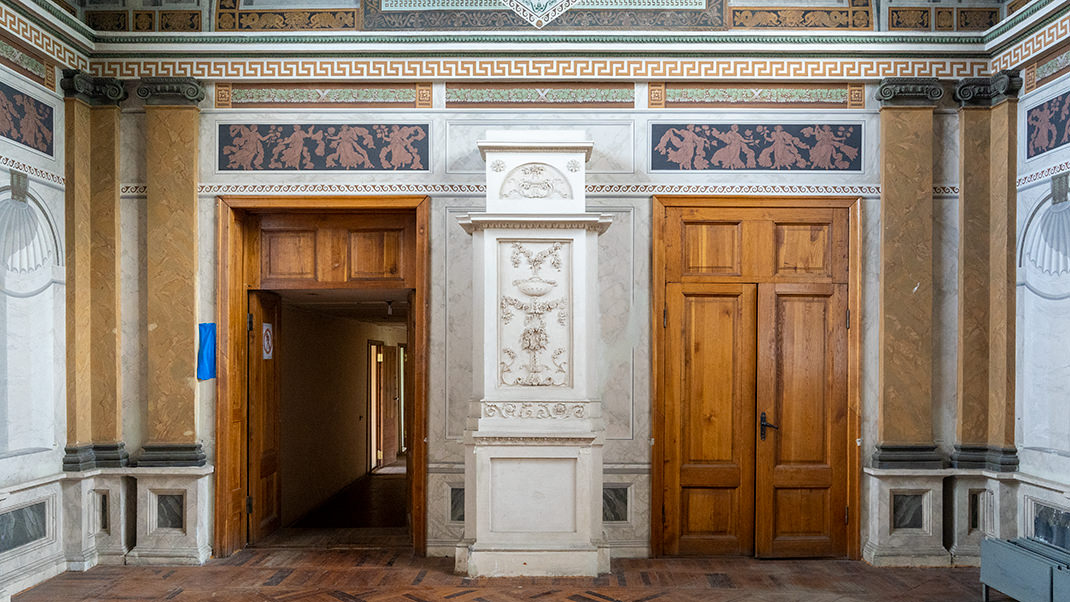
As a reminder, it is not easy to get into the main manor house, as it is usually closed to visitors. However, periodic interior tours are held here.
The land where the Bezobrazov Estate "Zhernovka" is located has been developed since the 1720s. In the late 18th century, architect Giacomo Quarenghi designed the main house in a strict classical style.
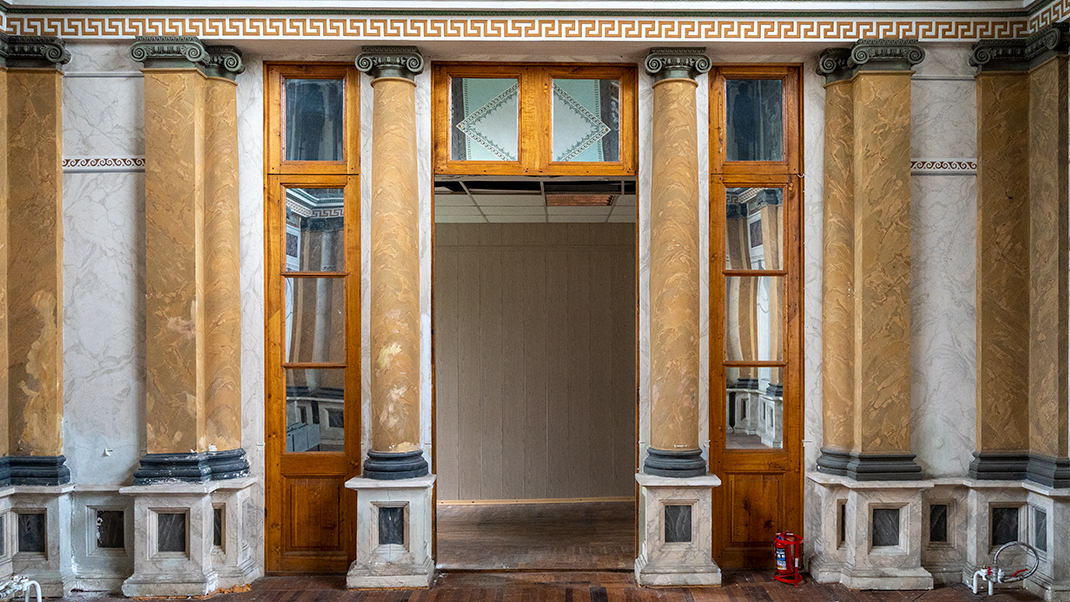
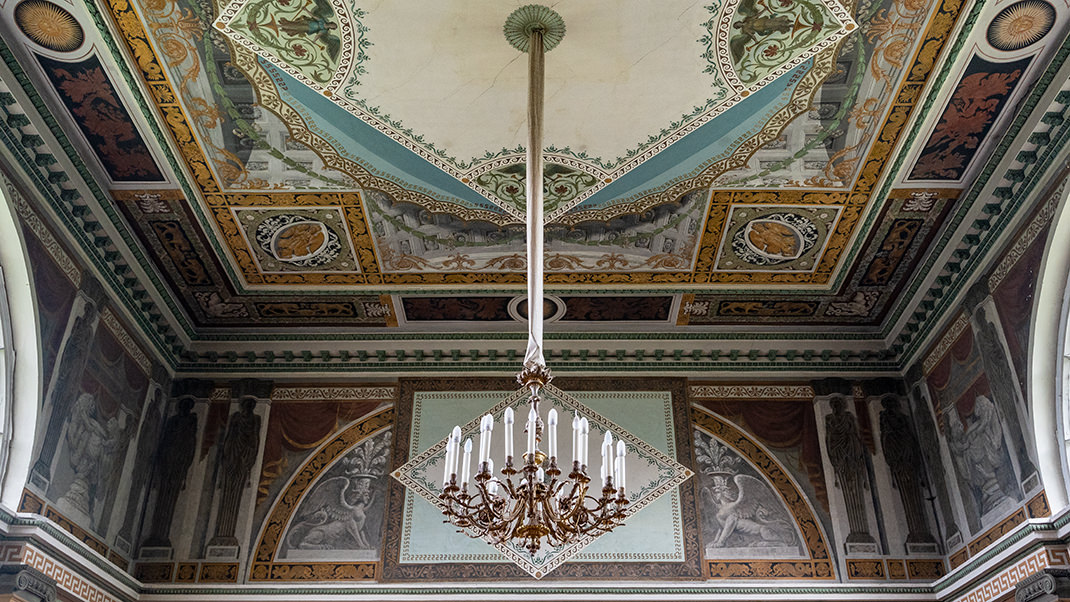
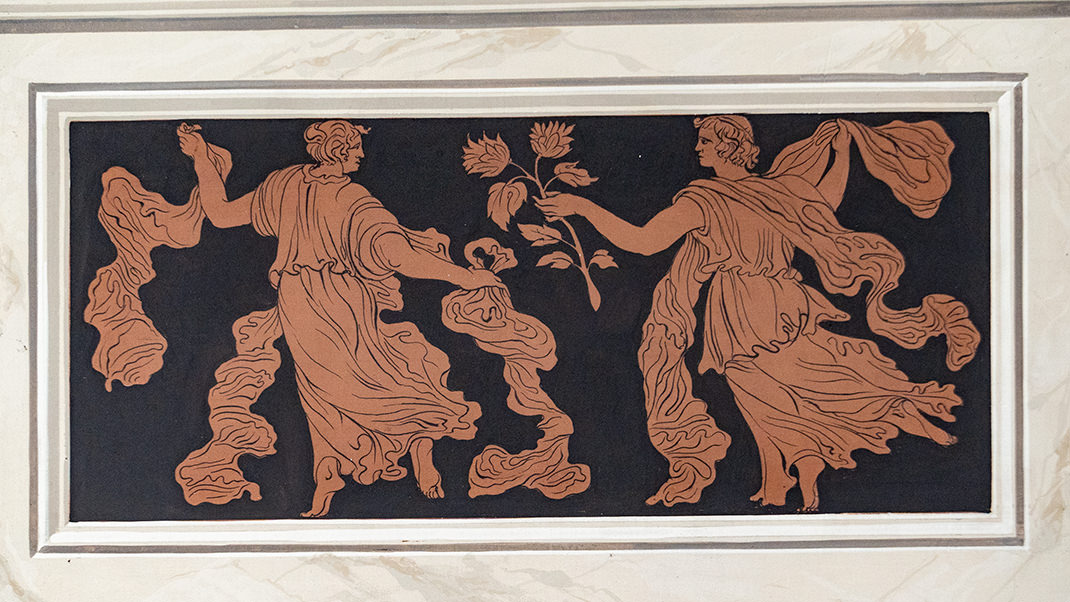
Before 1917, the estate changed hands several times. After the revolution, the building housed a club for factory workers. Later, it was used for storage and even as a cow shed. In 1938, the former manor house was turned into a dormitory for the Okhtinsky sawmill. At that time, the building's layout was altered: the formal rooms were divided into two floors, and the volumes of the wings were increased with extensions. Naturally, many interior decor elements were lost during this period.
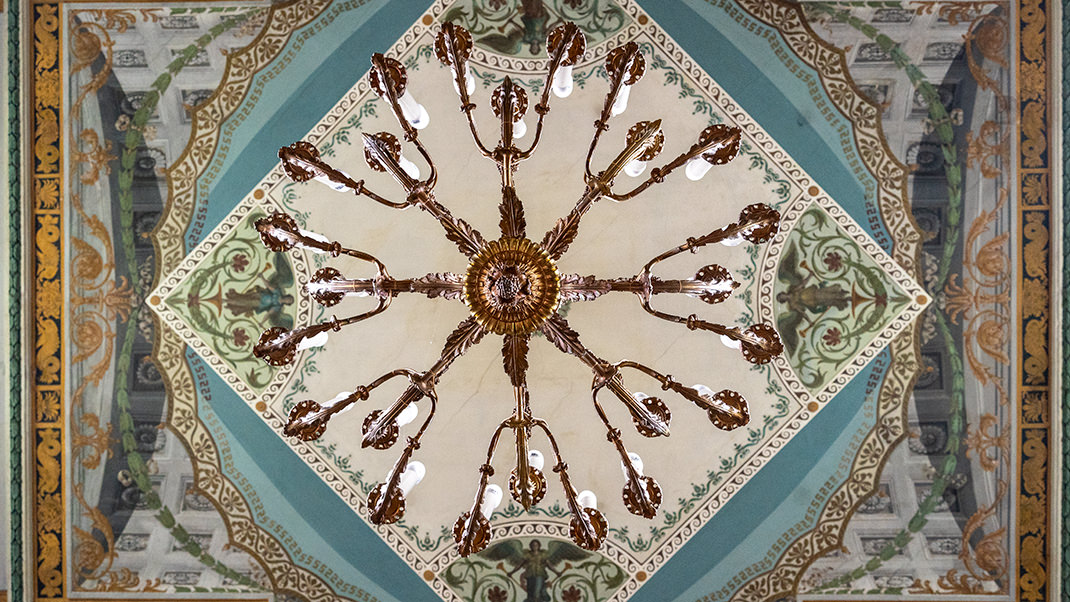
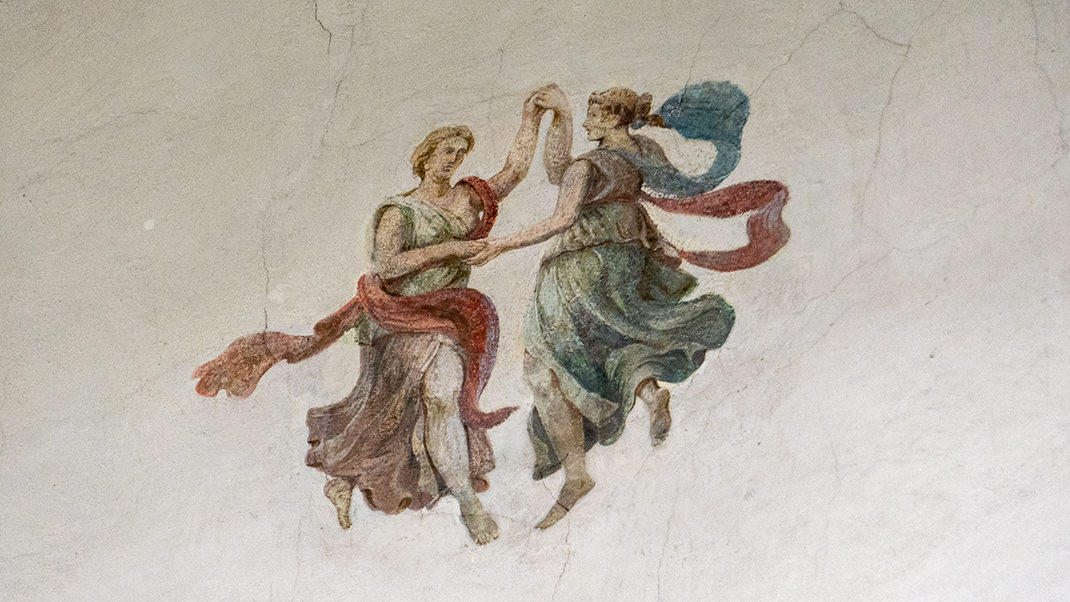
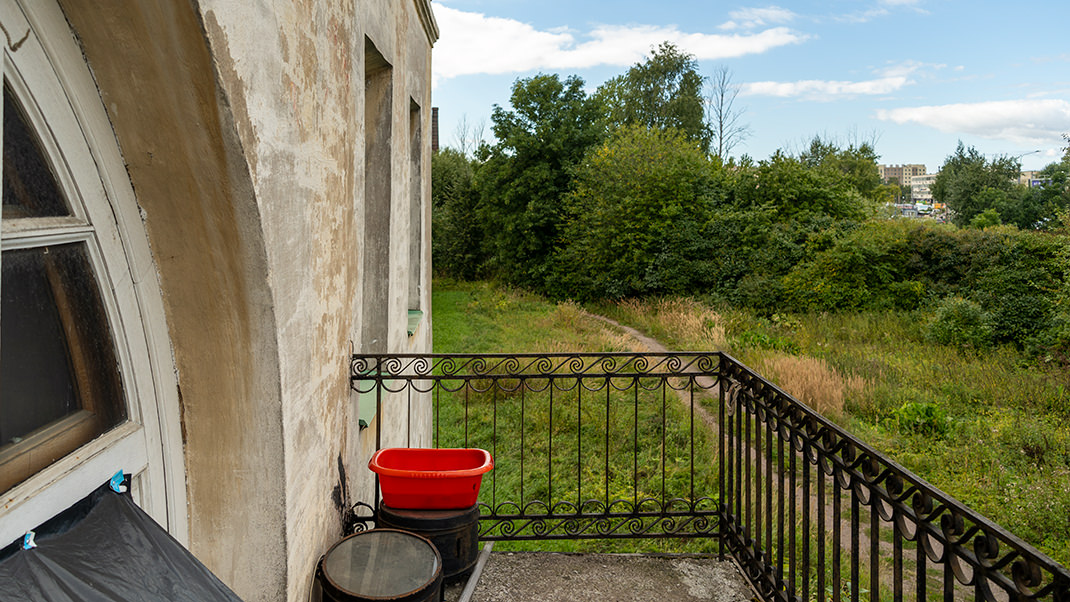
In the 1970s, restoration work was carried out in the building. The restorers managed to restore two of the five formal halls. At that time, the building housed the departments of the Scientific Research Institute "Orgprimtverdsplav."
Currently, the estate is vacant. According to the guide, the agency managing historical and cultural monuments, which is responsible for "Zhernovka," hopes that a future investor will be found to restore the estate's rooms and adapt them for modern use.
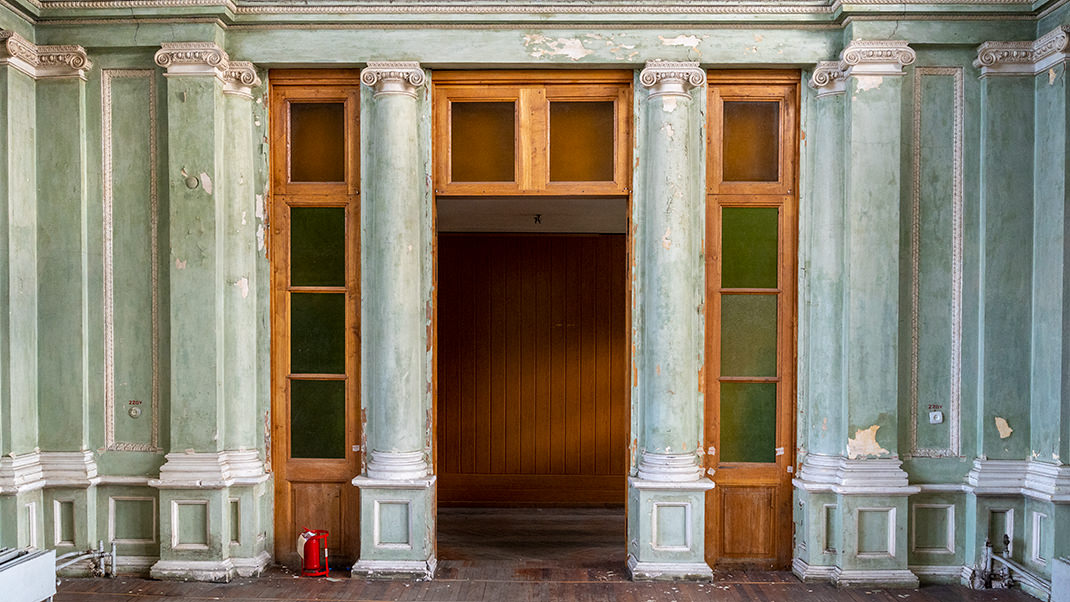

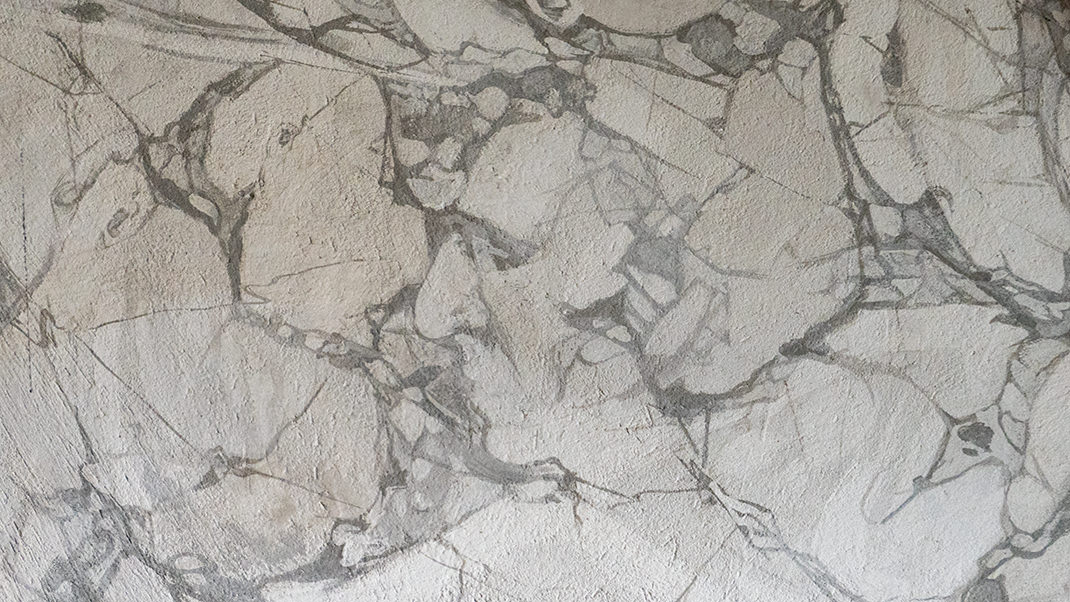
Unlike many other mansions, the main house of "Zhernovka" does not have many grand halls, and only three rooms are accessible to guests. As I mentioned earlier, only two of them—the Main Hall and the Bedroom—have been restored. Another room, the former dining room, lacks wall paintings. Visitors can also peek into the small rooms in the one-story wings, but they hold no artistic value as they were used for administrative purposes during the late Soviet period.
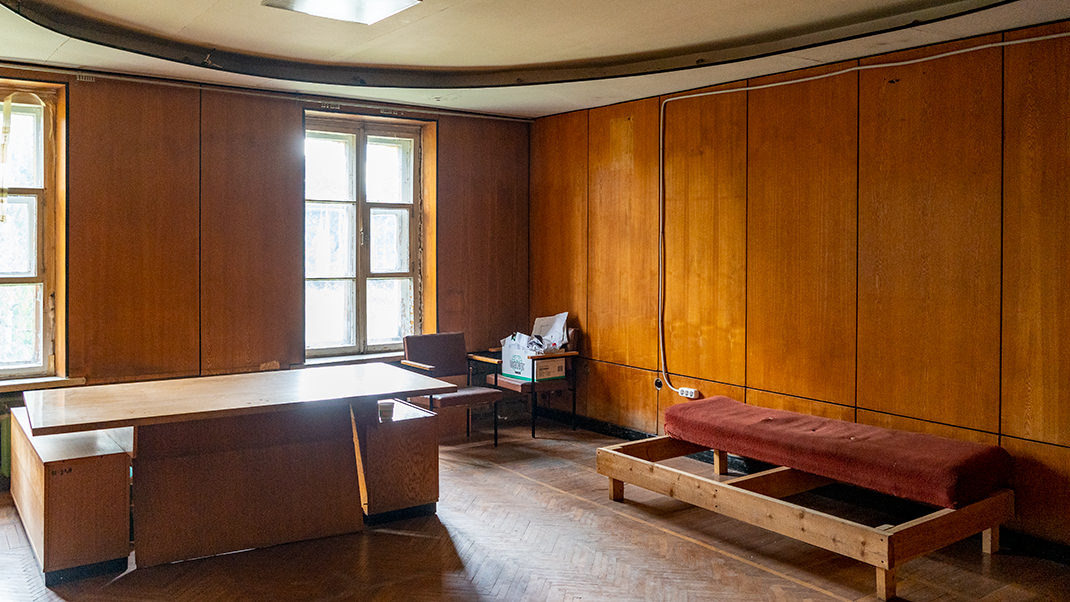
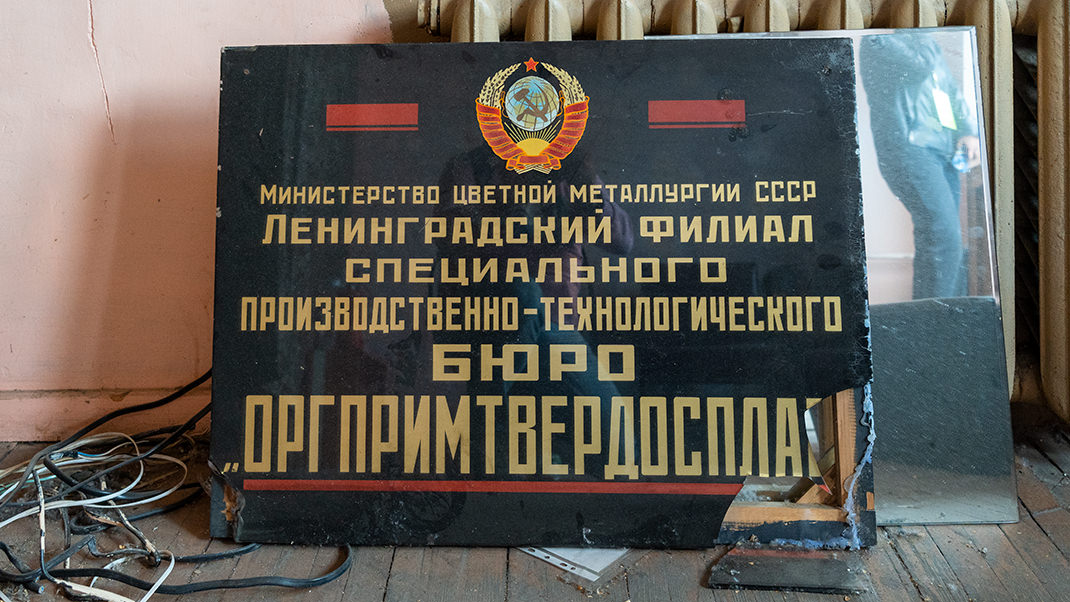
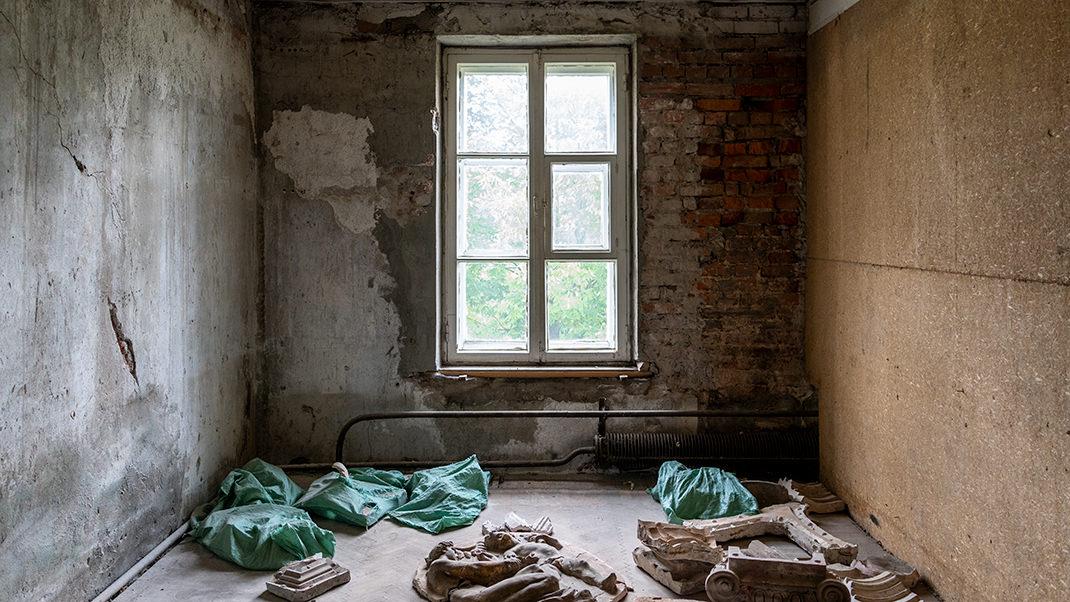
The final part of the walk through "Zhernovka" takes place in the estate's garden and park. There were once benches here, pedestrian paths, and a stone pier by the Okhta River. I should note that anyone is welcome to stroll through this small recreation area. Unlike the manor house, access to the park is open to visitors.
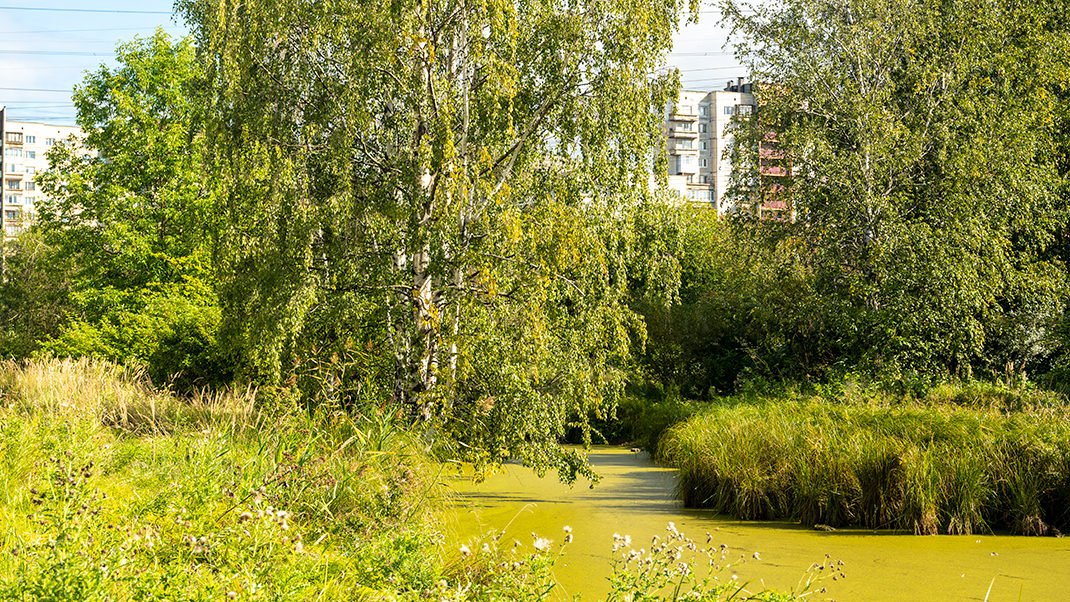
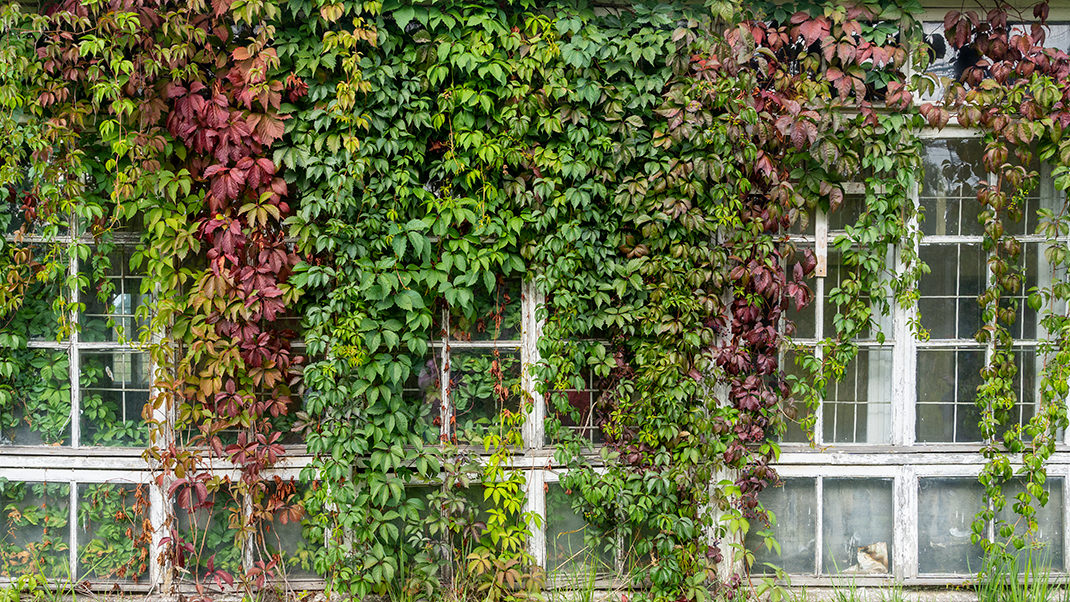
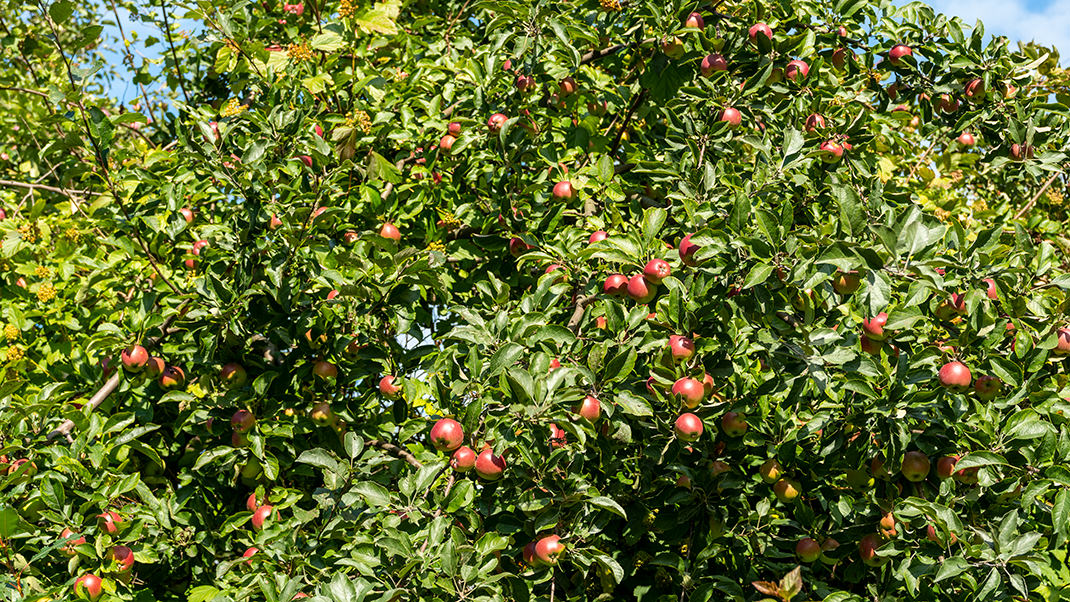
At the end of this story, I would like to provide a link to an article about the mansion of P. N. Demidov on Bolshaya Morskaya Street, which I visited last year. Like "Zhernovka," this building is closed to visitors while waiting for a new owner, but it offers the chance to see many more grand halls.
Have a nice trip!


